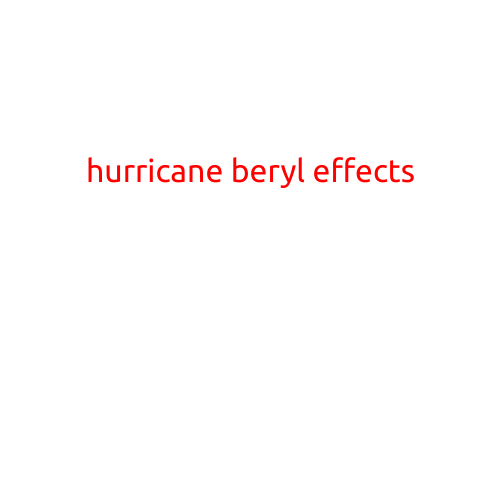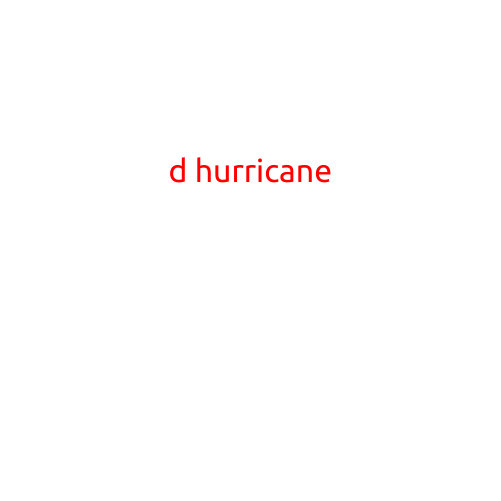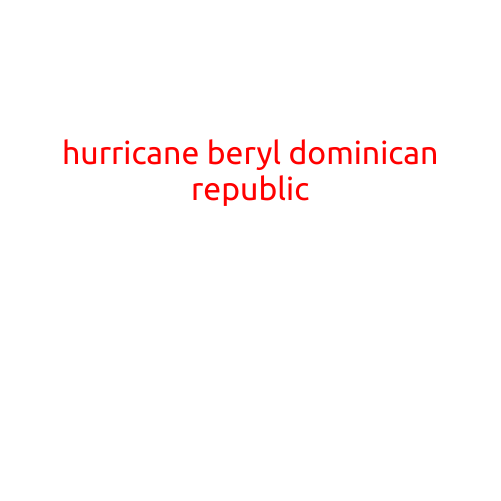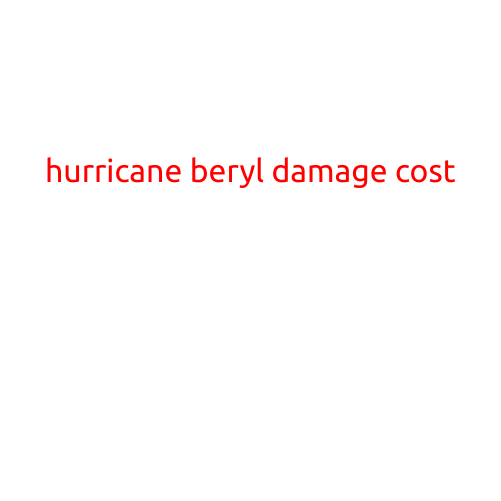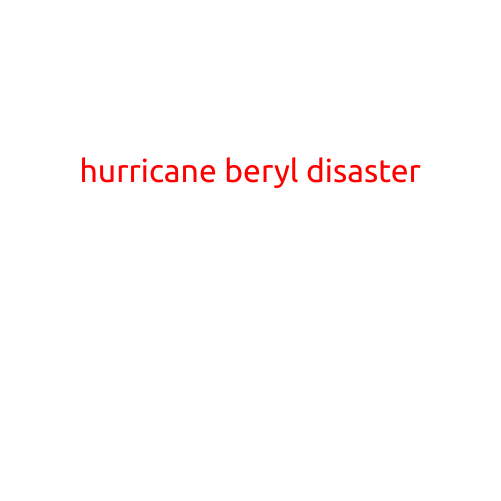
Hurricane Beryl: A Relentless Storm that Brought Destruction to the Caribbean
Hurricane Beryl, a powerful and relentless storm, made landfall in the Caribbean in early August, bringing destruction and devastation to several islands. The storm, which was classified as a hurricane by the National Hurricane Center (NHC), was the earliest “B” named storm on record, and its impact was felt across the region.
Formation and Track
Beryl formed in the Atlantic Ocean on July 25, about 1,000 miles (1,600 km) east of the Lesser Antilles. Initially, it was a tropical depression, but it quickly strengthened into a tropical storm and eventually a hurricane. The storm moved westward, crossing the islands of Dominica and Guadeloupe, before making landfall on the southern coast of Haiti.
Impact and Damage
The impact of Hurricane Beryl was severe, with widespread damage reported across the Caribbean. In Dominica, the storm caused significant damage to infrastructure, including roads, bridges, and buildings. The island’s capital, Roseau, was hit particularly hard, with many homes and businesses destroyed or damaged.
In Guadeloupe, the storm surge caused flooding and damage to coastal communities, with many buildings and roads affected. The French overseas department was also hit by strong winds, which knocked out power and caused communication disruptions.
In Haiti, the storm made landfall on August 3, with the southern coastal city of Jacmel bearing the brunt of the impact. The city was hit by a powerful storm surge, which caused significant flooding and damage to buildings and homes.
Humanitarian Crisis
The storm has left many people in need of assistance, with thousands displaced and many more affected by the destruction. In Haiti, the humanitarian crisis is particularly severe, with many communities struggling to access basic necessities such as food, water, and shelter.
International aid organizations, including the United Nations and non-governmental organizations (NGOs), have launched relief efforts in the affected areas. Medical teams are on the ground, providing emergency healthcare to those in need, while food and water are being distributed to displaced communities.
Conclusion
Hurricane Beryl was a devastating storm that brought destruction and chaos to the Caribbean. The impact of the storm will be felt for weeks to come, as communities work to recover and rebuild. The international community has rallied to support those in need, but more is required to alleviate the humanitarian crisis that has been sparked by this relentless storm.
As the cleanup and rebuilding efforts continue, it is essential that we remember the resilience and strength of the people affected by this storm. We must stand with them, providing support and solidarity in this difficult time, as they work to recover from the destruction caused by Hurricane Beryl.

